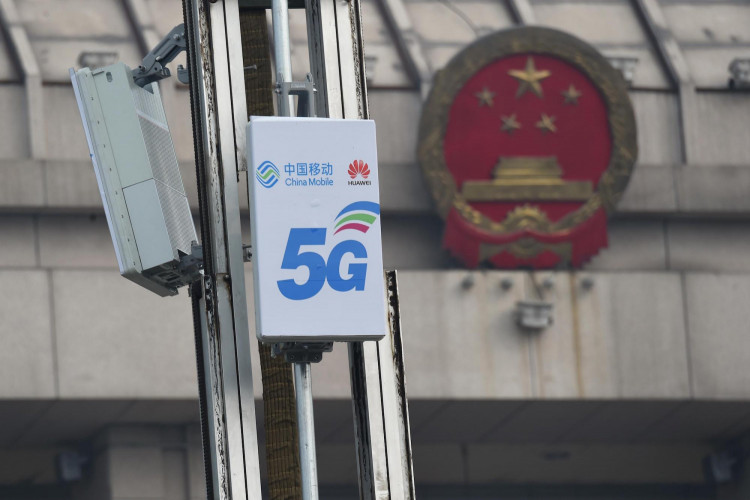On September 13, Huawei and Xiaomi announced a global patent cross-licensing agreement, encompassing communication technologies, including 5G.
Both Huawei and Xiaomi expressed their views on the agreement. Fan Zhiyong, the head of Huawei's Intellectual Property Department, conveyed that Huawei is pleased with the licensing agreement with Xiaomi. The deal underscores the industry's recognition of Huawei's contributions in the communication standards domain and will bolster their research efforts in future mobile communication technologies.
Xu Ran, General Manager of Xiaomi Group's Strategic Cooperation Department, emphasized their delight in reaching the patent cross-licensing agreement with Huawei. The agreement reflects mutual respect and recognition of each other's intellectual property. Xiaomi remains committed to its intellectual property values, respecting IP rights, and seeking win-win, long-term sustainable IP partnerships to benefit a broader audience with technology.
Earlier this year, there had been conflicts between Huawei and Xiaomi over patent issues in the intellectual property domain. In March, according to the "China Intellectual Property News," Huawei formally filed a patent infringement administrative judgment against Xiaomi, which was accepted by the National Intellectual Property Administration on January 17.
The case involved four patents, two of which pertained to "methods and devices for sending control signals" and "methods, base stations, and user equipment for feedback ACK/NACK information during carrier aggregation," related to 4G/LTE technology and classified as Standard Essential Patents (SEP). The other two patents were about "a method and terminal for obtaining panoramic images" and "a screen-locking method and mobile terminal," which are non-SEP patents.
At the time, both Xiaomi and Huawei responded to media inquiries, stating that "both parties are actively negotiating on patent licensing."
Subsequently, Xiaomi filed requests with the National Intellectual Property Administration to invalidate Huawei's related patents. However, on September 1, the National Intellectual Property Administration declared the patents valid, implying Xiaomi would still owe patent fees to Huawei.
The emergence of this global patent cross-licensing agreement suggests a level of reconciliation between the two tech giants.
Both Xiaomi and Huawei have evolved in their understanding and judgment of intellectual property. On December 14 of the previous year, Xiaomi Group released its first intellectual property white paper. Wang Xiang, then President of Xiaomi Group, stated that patent litigation challenges are part of business operations in their industry due to the complexity of technology.
Wang explained that Xiaomi's global IP strategy consists of three parts. Besides encouraging innovative inventions and applying them to products, the third is forming sustainable cross-licensing IP agreements with global partners. He emphasized the importance of global IP cooperation and rules, with "cross-licensing" being a crucial component.
On Huawei's side, a report from Observer Network last April highlighted a meeting summary signed by Ren Zhengfei, which indicated that Huawei's past IP strategy was for self-defense. Over the years, they've accumulated high-value patent packages in areas like 5G, WiFi 6, audio-video encoding/decoding, optical transmission, and optical intelligence, gaining a certain say in the industry. The summary emphasized that patent fees shouldn't be charged just for the sake of it, but they shouldn't be too low either, as it would deter innovation and potentially lead to a de facto monopoly.






